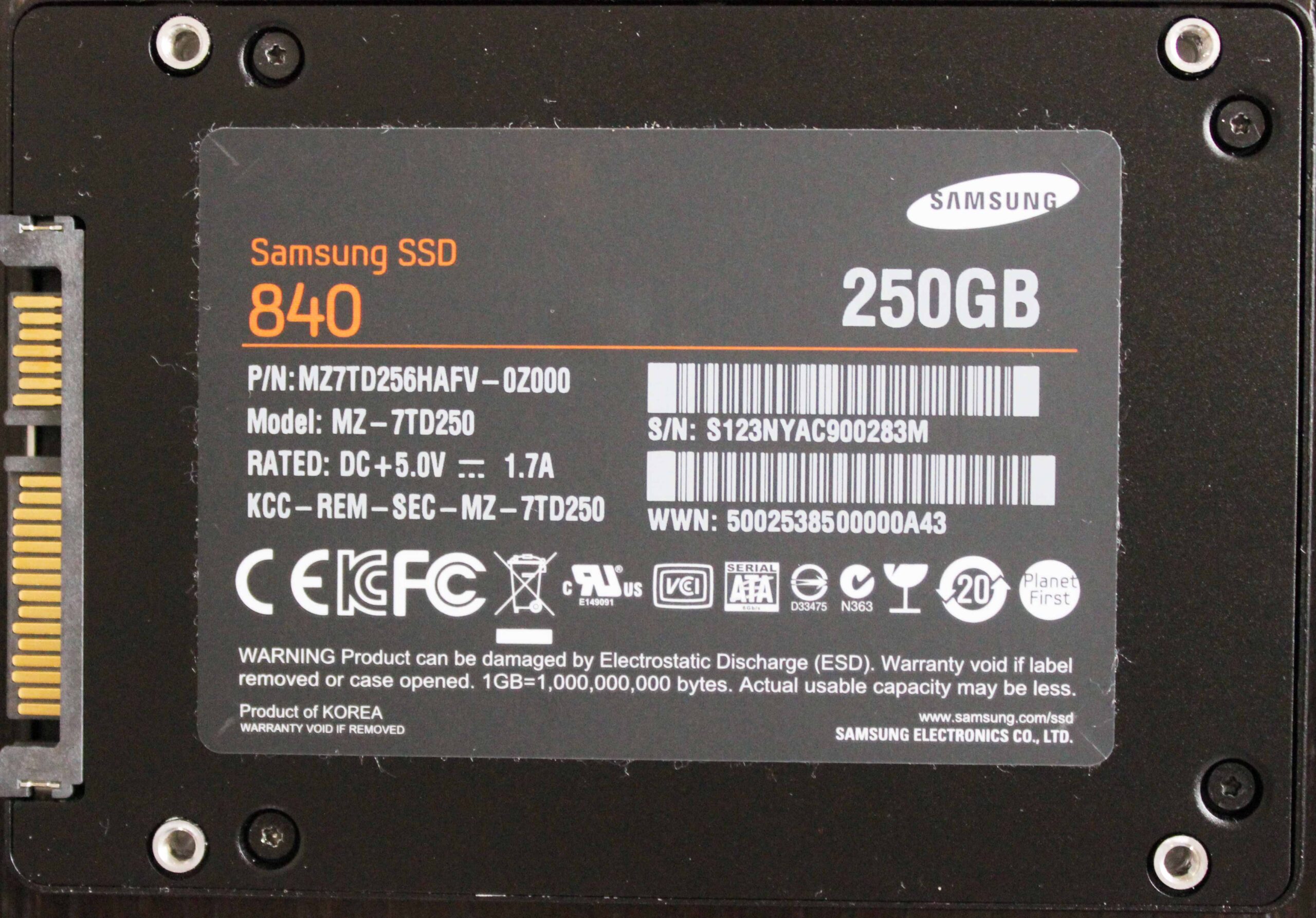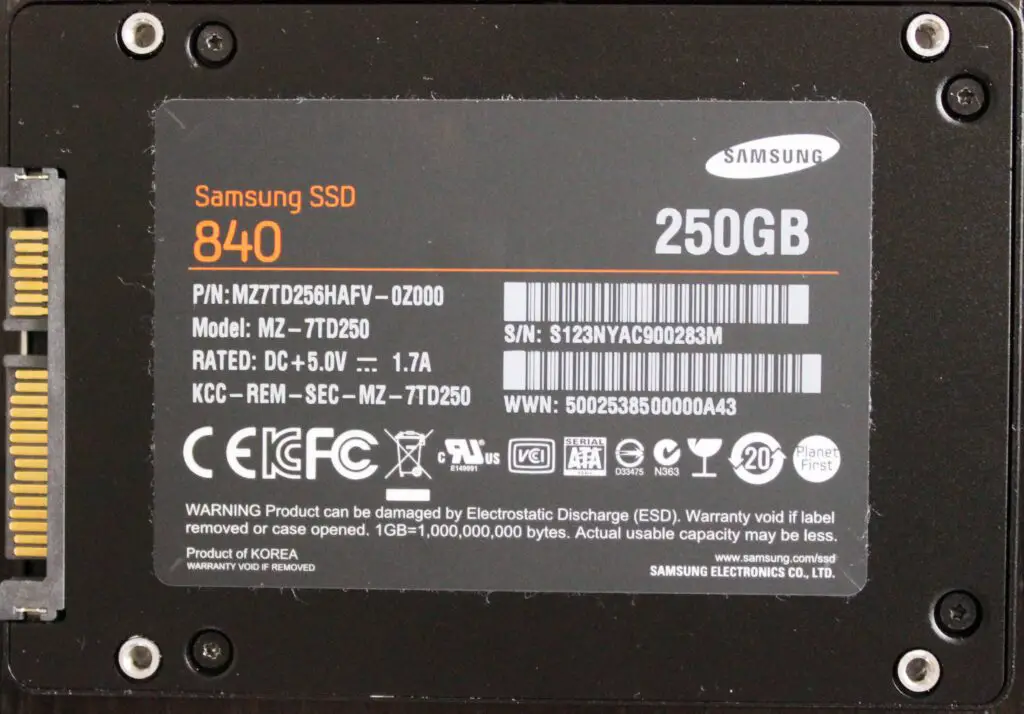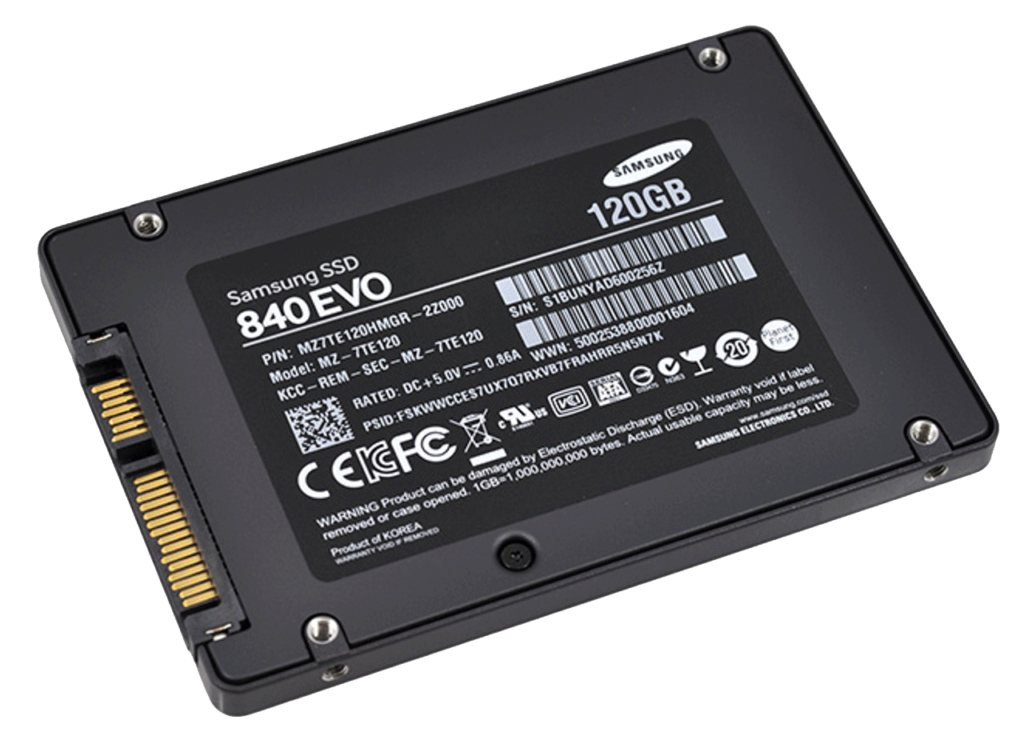TurboWrite Technology In Ssds

Welcome to the world of TurboWrite technology! A breakthrough in solid-state drive (SSD) performance, TurboWrite significantly speeds up data transfer and ensures smoother and more efficient operations. This innovative technology from Samsung uses an intelligent write acceleration algorithm and a high-performance write buffer to deliver an unparalleled computing experience. So let’s dive in and learn more about TurboWrite and how it’s shaping the future of SSDs.
What is TurboWrite Technology?
TurboWrite Technology enhances performance by creating a high-performance write buffer area within the drive. This buffer simulates high-performance SLC, ensuring accelerated speeds during write operations. When the system is idle, data is efficiently transferred from the buffer to the primary storage region. With TurboWrite, users can enjoy an improved experience, feeling the accelerated performance of initial writes.
Let’s take a closer look at the application of TurboWrite technology in specific Samsung models – the Samsung 840 and 840 EVO. Note that Samsung 840 Evo comes with TurboWrite, and the 840 doesn’t.

Below is Samsung 840 EVO SSD

Check the below table, taken from the official Samsung site.

When it comes to writing operations, the performance of the 840 EVO is quite evident. For instance, with a 120GB SSD, the speed increases from 130MB/s to an impressive 410MB/s. Similarly, the 250GB SSD experiences a boost from 250MB/s to 520MB/s, while the 500GB SSD witnesses a significant jump from 330MB/s to 520MB/s. These substantial speed improvements are undeniably clear and showcase the impressive capabilities of the 840 EVO.
As you may recall, 3-bit MLC (Multi-Level Cell) NAND write speeds are slower than other NAND types. This is primarily due to the additional “bit(s)” that require more signal processing and error correction during the writing process, also known as programming. However, to address this limitation and achieve significantly higher performance, the 840 EVO cleverly simulates faster SLC (Single-Level Cell) NAND on a specific portion of the drive. By doing so, it optimizes the overall write speed and enhances the overall performance of the drive.
Understanding Buffer in an SSD
In the context of Solid-State Drives (SSDs), a buffer, also known as a cache, is a temporary holding area for data that is either being read from or written to the drive. The buffer is typically made of high-speed memory, allowing data to be processed more quickly than if it were directly accessed from the main storage area, which uses slower memory. The buffer holds data that is frequently accessed or pending to be written on the primary storage, improving the overall speed and efficiency of the SSD. With larger buffer sizes, more data can be held temporarily, leading to faster data access times and enhancing the overall performance of the SSD. This is particularly beneficial during larger data transfers and when running data-intensive applications.
Buffer Size
The table below provides the crucial buffer size for optimal performance. It’s important to note that the buffer size varies based on the SSD’s capacity. After extensive testing, Samsung has determined that a minimum buffer size of 3GB is sufficient for everyday performance scenarios. It’s worth mentioning that the buffer size is defined in SLC terms, resulting in three times greater physical capacity in 3-bit MLC. This ensures that the SSD can handle demanding tasks while consistently maintaining high-performance levels.
Below tables shows the equivalent buffer size for the different capacities
SSD Capacity | 120GB | 250GB | 500GB | 750GB | 1TB |
Buffer Size | 3GB | 3GB | 6GB | 9GB | 12GB |
Isn’t Buffer Fills While It Is In Operation?
Under consecutive write operations with no idle time, the buffer, which serves as a temporary storage space, will eventually reach its maximum capacity. Once this occurs, the transfer process will exit TurboWrite, and the data will be written directly to the main storage area of the drive, ensuring optimal performance equivalent to that of 3-bit MLC technology. This seamless transition ensures efficient and uninterrupted data storage and retrieval.
The size of the TurboWrite buffer also dictates the duration of TurboWrite, which refers to the longest period of uninterrupted write operations at accelerated speeds. The following table illustrates the migration time (required idle time) needed to empty the entire buffer.
SSD Capacity | 120GB | 250GB | 500GB | 750GB | 1TB |
Migration Time | 28.2 | 18.5 | 32.5 | 44.9 | 55 |
In Which Physical Area Does This Turbowrite Buffer Exist?
OK now you may be wondering where this Turbowrite buffer actually exists. You see, the over-provisioning area alone can’t fully cover this buffer. Let me break it down for you. IDEMA (International Disk Drive Equipment and Material Association) sets capacity definitions using a calculation method that determines a drive’s capacity and the corresponding number of LBAs (Logical Block Addresses).
However, there’s a slight difference between this capacity and the user-accessible area. It’s common in the industry where the drive label may state a higher capacity compared to what you see in the operating system. So, the TurboWrite buffer is created from the excess capacity obtained from both the default overprovisioning area and the “extra” area specified by IDEMA. Hope that clears things up!
Benefits of TurboWrite Technology
- TurboWrite technology ensures faster sequential write speeds, improving the overall PC experience.
- It is designed with an optimal buffer size to accommodate most everyday usage scenarios, ensuring accelerated writes.
- According to user workload analysis, more than 90% of users’ average workload was under 3GB, which is within the minimum buffer size. Hence, most PC users will experience enhanced speeds.
- With TurboWrite, there is a significant improvement in sequential write performance as measured by the CrystalDiskMark benchmark tool.
- Real-life usage environments, represented by the PCMark7 benchmark, show a 7% system performance improvement and a 15% SSD storage performance boost with TurboWrite.
- TurboWrite Technology benefits sequential write alone and improves performance in various real-life use scenarios.
- When transferring large files or using applications like Photoshop, which primarily consists of sequential writes, tasks are completed faster with TurboWrite. For instance, tasks took 52% less time when copying files and decreased by 12%-27% when using Photoshop.

